Maharashtra
About Maharashtra
Often called the ‘Gateway to the Heart of India’, Maharashtra is the third largest state and second most populous state than in the country. Owing to its proximity to the Western Ghats, it is blessed with a picturesque backdrop of the mountains on one side and has the beautiful Konkan coastal belt on the other.
Maharashtra, the land of everything unlimited invites you into its widespread plethora of attractions. It is adorned by the beautiful Sahyadri ranges of the Western Ghats with high mountains that disappear into the morning mist, while the sprawling belt of the Konkan Coast mesmerises the eyes by its white beaches. The ruins of the ancient forts and palaces in Pune and Ratnagiri among others proudly narrates the story of the then mighty rulers of Maharashtra. Centuries-old temples situated in places like Pandharpur, Ozar are still rooted in their traditions, offering sanctuary to pilgrims. As do the small hill stations of Mahabaleshwar, Lonavala, Matheran, nestled cosily in nature, provide respite to travellers from the hustle and bustle of the cities.
People of diverse culture and religion live amicably in this state, which is why there is much ado about the culture of Maharashtra which while retaining its original Marathi culture has beautifully embraced other cultures that have come to call this state their home. Apart from being rich in history, traditional arts and lifestyle, it is also famous for its economy primarily because Mumbai -the financial capital of India is situated here. The entertainment hub – the Bollywood film industry also finds its origin in this state. The amalgamation of these varieties of things that this state offers will make your visit here absolutely worthwhile.
Ajanta and Ellora, Aurangabad
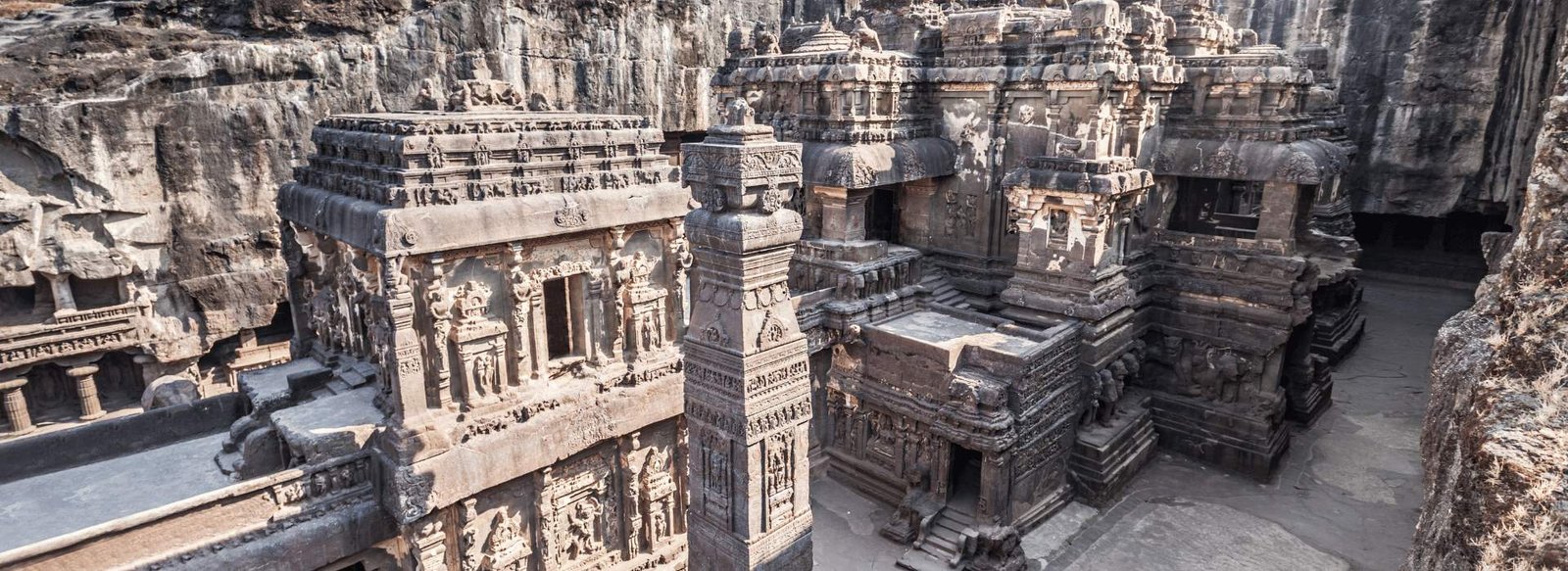
Ajanta and Ellora caves, considered to be one of the finest examples of ancient rock-cut caves, are located near Aurangabad in Maharashtra, India. Ajanta and Ellora caves complex is adorned with beautiful sculptures, paintings, and frescoes and include Buddhist monasteries, Hindu and Jain temples. The Ajanta caves are 29 in number and were built between the 2nd century BC and 6th century AD, whereas the Ellora Caves are more spread out and 34 in number and dates to the period between 6th and 11th Century AD.
Ajanta and Ellora caves are designated as UNESCO World Heritage Sites and are quite popular among travelers worldwide. Ajanta Caves, located around 99km north of Aurangabad, are mostly Buddhist sites and were used as a retreat by Buddhist Monks. Ellora is just 15 km west of Aurangabad and has a better mix of Hindu, Jain, and Buddhist sites. These hand-carved caves were built and sponsored by the Indian rulers of those periods and almost buried by thick forests. One of the most famous places in the entire Ajanta and Ellora Caves is the Kailash Temple, which is also the single most massive monolithic structure globally. These rock-cut caves containing carvings are some of the best examples of ancient Indian architecture and sculpture.
Things to Do
Ajanta Caves
Located around 99 km from the town of Aurangabad, lie the Ajanta Caves now included in the list of UNESCO World heritage Sites. Ajanta caves depict the Buddhist culture and their stories through various sculptures and paintings. It also takes you to the world of Jatakas.
The Ajanta caves is a set of 3rock-cutut Buddhist caves that date back to the period between 2nd century BC and 650 CE. The Ajanta caves are considered one of the most prestigious monuments of India as they house many beautiful paintings and sculptures depicting the rich cultural heritage of India. Naturally used as a retreat by the Buddhist monks, the cave depicts the serenity of Buddhism through its simple yet breathtaking sculpture. The basic designs of the caves are called ‘Chaityagrihas’ & ‘viharas’. Figurines of Lord Buddha and scenes from the traditional Jataka tales are the mainstays of this place. The area used to be heavily forested and the caves fell out of social conscience before being rediscovered by a British hunting officer in 1819.

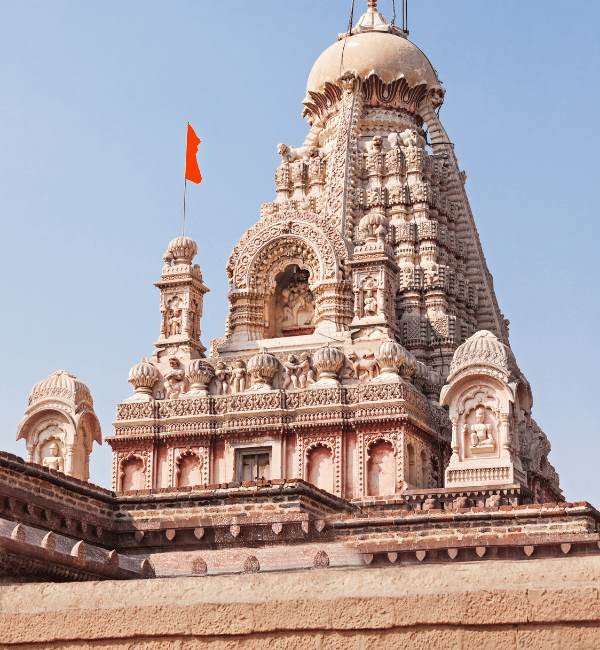
Grishneshwar Temple in Ellora
A UNESCO World Heritage Site, Grishneshwar Temple located in Ellora is one of the 12 Jyotirlingas in India. Also known as Ghrneshwar or Dhushmeshwar Temple, this Jyotirlinga in Aurangabad is dedicated to Lord Shiva and is considered an important pilgrimage site. Grishneshwar is the smallest of the Jyotirlingas and is considered the last or the 12th Jyotirlinga of India.
Entry to the Grishneshwar Temple is open to all, but to enter the Garbhagriha (the main sanctum housing the Shiva Linga), men need to be bare-chested. This is also one of the only Jyotirlingas in India where the devotees can touch the Shiva Linga with bare hands.
The temple architecture follows a South Indian Style and it is known to be one of the holiest places to visit in Aurangabad. The five-tiered shikhara of the Grishneshwar Temple is spectacularly carved and constructed in the traditional temple architecture style. Rebuilt several times, the current form temple was built by Queen Ahilyabai Holkar of Indore in the 18th century.
The Buddhist Caves, Ajanta and Ellora Caves
The 12 Buddhist Caves mostly include viharas or monasteries. In these caves, several monasteries have shrines that are carved with paintings and sculptures of Buddha, Bodhisattva and Saints.
Among all, Chaitya hall Cave 10 popularly known as the _‹€Carpenter’s Cave_‹_ is the most famous Buddhist cave. This cave features a cathedral-like stupa hall, which is called as chaityas. In the centre of this cave, there is 15-feet high statue of Buddha. Chaitya has a pillared verandah (gallery), which houses two shrines and a single cel
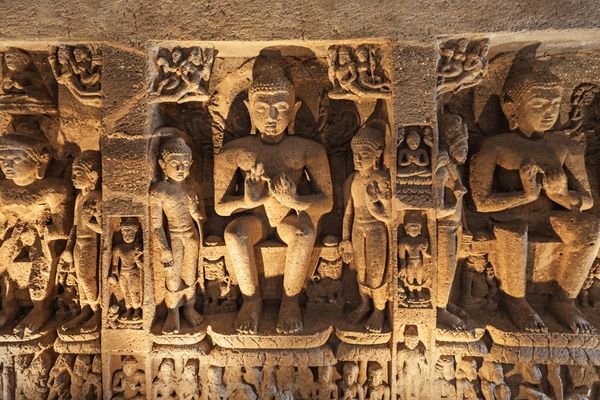

Bibi ka Maqbara, Aurangabad
Having a striking resemblance to Taj Mahal, the Bibi ka Maqbara is a beautiful mausoleum of Rabia- Ul – Daurani alias Dilras Banu Begum, the wife of Mughal Emperor Aurangzeb. Bibi ka Maqbara was constructed by Aurangzeb in the year 1661 in the memory of his wife. Aurangzeb attributed this magnificent edifice in the name of his son Azam Shah who was born in the year 1653, so as to commemorate Rabia – Ul – Daurani, who left for her heavenly abode in the year 1657.
The monument resembles the famous Taj Mahal, as the main inspiration for building the design was from here and is often referred to as the Taj of the Deccan. Bibi ka Maqbara intended to rival the Taj Mahal, but because of the decline in architecture and the proportions of the structure, it completely resulted in a copied form of the same. Incidentally, this is one of the largest structures to have been built during Aurangzeb’s reign. The mausoleum is a very popular attraction and the monument along with the backdrop of the mountain ranges bring out something beautiful.
Mahabaleshwar
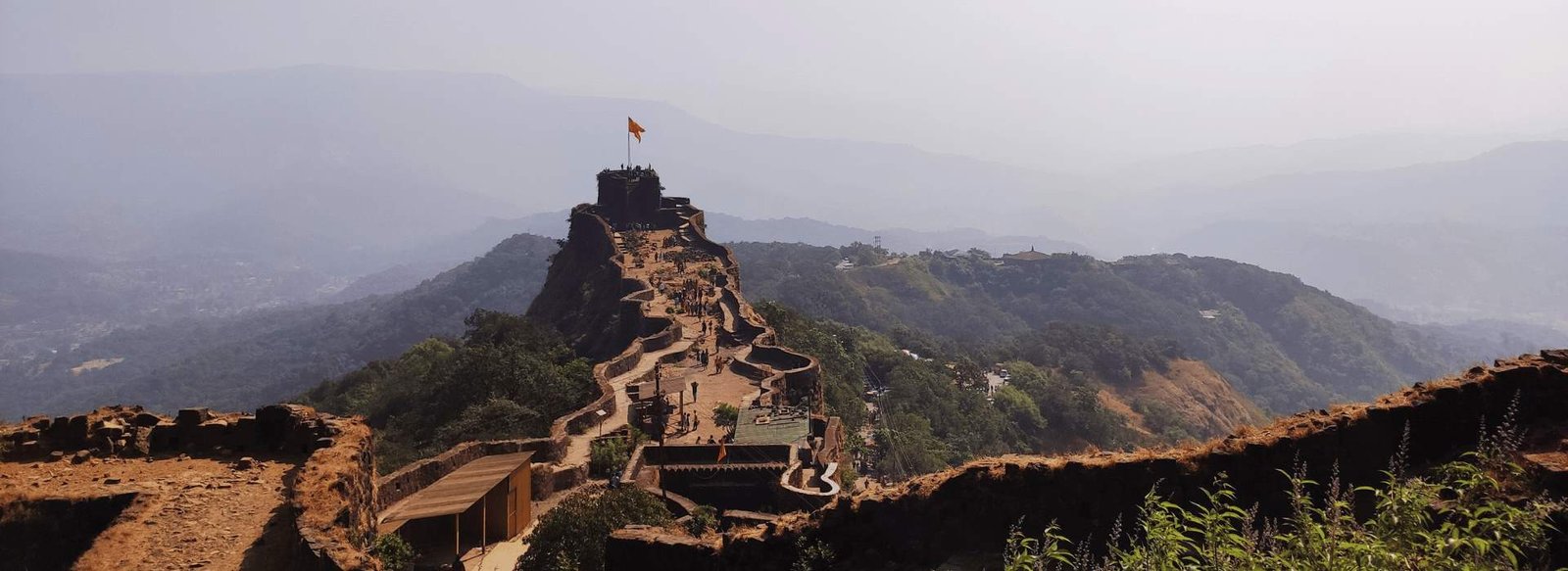
Mahabaleshwar is a hill station located in the Western Ghats, in Satara district of Maharashtra. Apart from its strawberries, Mahabaleshwar is also well known for its numerous rivers, magnificent cascades and majestic peaks. It is among the most sought after weekend getaways from Mumbai.
Mahabaleshwar is also a sacred pilgrimage place for Hindus as the Krishna river originates from here. Once a summer capital of the British, the hill station of Mahabaleshwar comprises of ancient temples, boarding schools, manicured and lush green dense forest, waterfalls, hills, valleys. It is often used as a base to visit the magnificent Pratapgad Fort, located an hour away.
Malcolm Peth, Old Kshetra Mahabaleshwar and a region of the Shindola village are the three villages that make up Mahabaleshwar. It is located about 120km south-west of Pune and 285km from Mumbai.
Elephant's Head point
Elephant’s Head Point is one of the most picturesque viewpoints in Mahabaleshwar which is famous for the stunning view of the Sahyadri ranges. Also known as Needle’s Point, this famous tourist spot is best visited during sunrise and sunset. The Elephant’s Point got its name as it resembles the head and trunk of an elephant.
The gap between the elephant’s head and the trunk looks like a needlepoint when viewed from far, thus giving it the name Needle Point. Located beyond the Lodwick Point, the Elephant’s Head Point turns lush green during the monsoons. People visiting the place can get a panoramic view of the humongous fort of Pratapgarh surrounded by Kova Valley on one side and Savitri Valley on the other side.

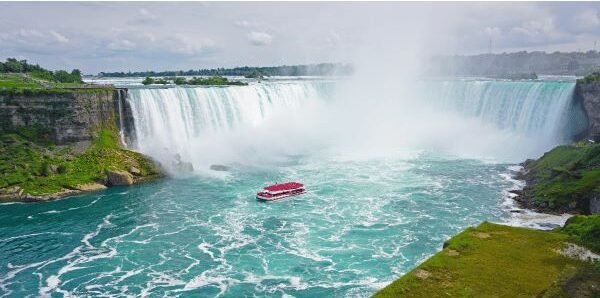
Chinaman's falls
A visit to Mahabaleshwar is less or more incomplete without witnessing the tantalizing descend of the Chinaman’s fall, one of the most significant falls in the state. The place is named after the Chinese prison located in the vicinity. It serves as a perfect holidaying spot enthralling a bewitching experience.
Dhobi waterfall
Dhobi Falls is a group of waterfalls connecting Lodwick and Elphinston point and further join petit road with Old Mahabaleshwar road. Surrounded by greenery and rocks, these are ideal for a surreal experience amidst nature. The waterfall streams down the Koyna river and looks a spectacle with mists and rainbow. Located 3 km from main Mahabaleshwar town, Dhobi Waterfalls is an ideal picnic spot. A small hike needs to be undertaken to reach the waterfall. It is best visited during the monsoon season.
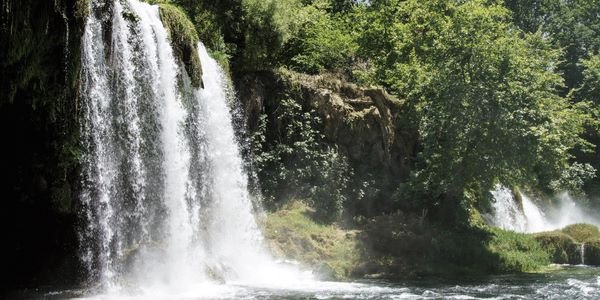
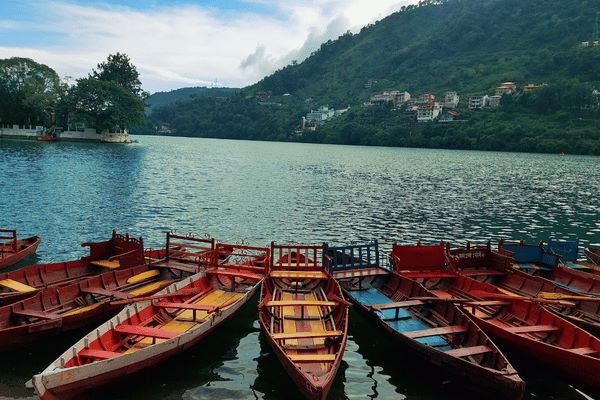
Vena Lake
Venna Lake is a scenic manmade lake in Mahabaleshwar. The lake offers rowboats, and paddleboats ride to the visitors and hence is usually very crowded. There is horse riding and rides for children such as merry go round and the toy train. There are a number of eateries around the lake famous for street food like corn, bhelpuri and fresh fruits like mulberries, strawberries and carrots. Venna Lake was built by Shri Appasaheb Maharaj who was the ruler of Satara and a descendant of Chhatrapati Shivaji Maharaj, in 1942. The lake is spread over an area of 28 acres with a periphery of 7 to 8 km. It was initially built with the aim of catering to the water needs of the city of Mahabaleshwar.
Wilson Point
Wilson Point is the highest point in Mahabaleshwar, situated at an altitude of 1439m. Also famous as the Sunrise Point, it is a famous tourist attraction for viewing stunning sunrise. Wilson Point is a vast plateau comprising of three watchtowers at different spots which offers stunning panoramic view of Mahabaleshwar. Originally known as Sindola Hill, Wilson Point is named after Sir Leslie Wilson, the Governor of Bombay province from 1923 to 1926.
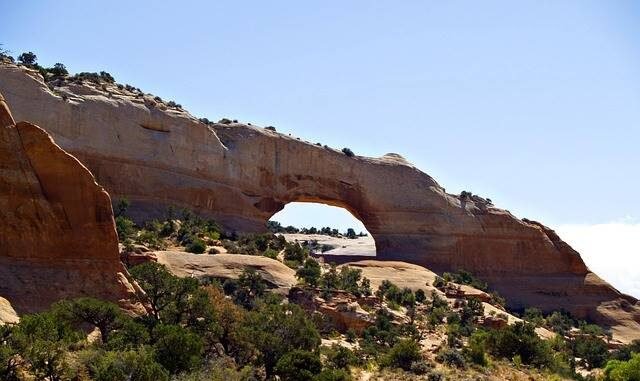
Shirdi
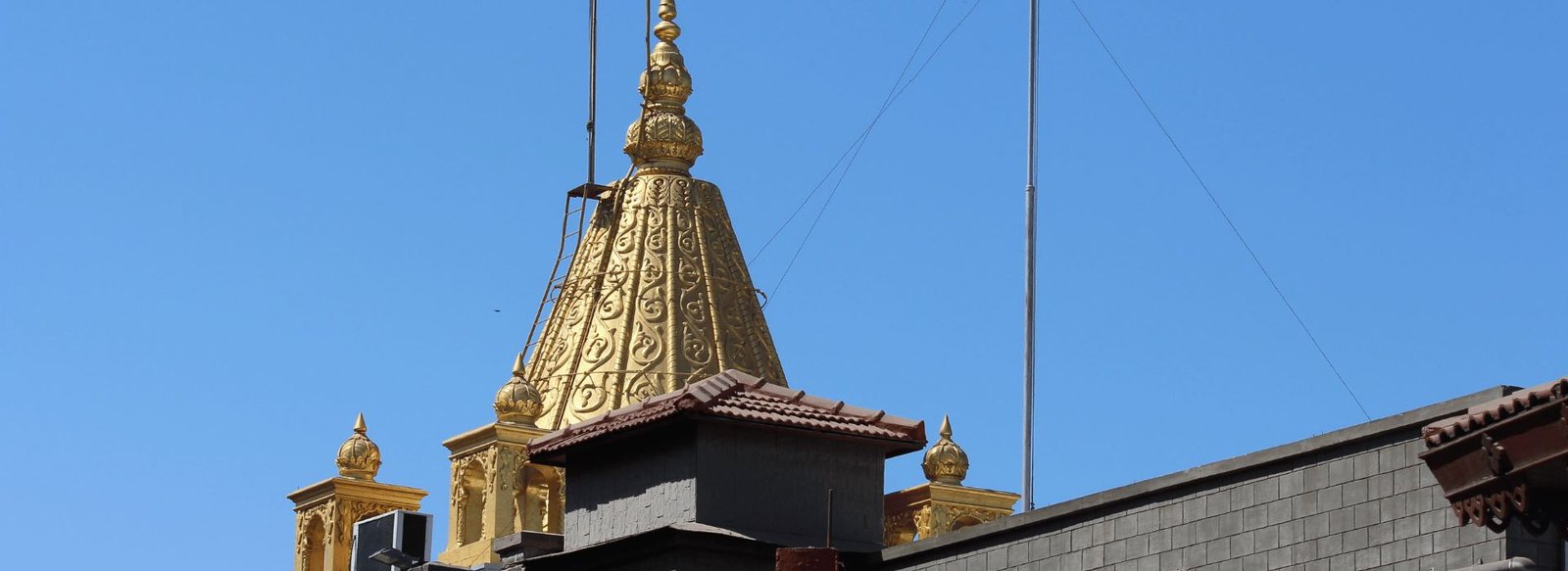
The home of great saint Sai Baba, Shirdi is a religious site close to Nasik with various temples apart from the famous Sai Baba temple and a few historical sites.
Located in the Ahmednagar district of Maharashtra, Shirdi holds a strong importance as a holy and pilgrim place by Sai Baba devotees. The small town is filled with religious spots and activities which will soothe and calm your soul on its visit. The air here carries chants lingering with spirituality and the whole grandness about the same too will leave you spellbound. There are many religious places to be seen in Shirdi such as Chavadi, Samadhi Mandir, Dwarkamai masjid, Shani Shignapur, to name a few.
Shri Sai Baba Sansthan Temple
The Shri Sai Baba Sansthan Temple is a religious place in Shirdi, Maharashtra in India, that is dedicated to Shri Sai Baba, who is considered to be one of the greatest saints to have been born in India. Sai Baba is believed to have been blessed with unprecedented powers, and he is worshipped as God incarnate in the Shri Sai Baba Sansthan Temple. This is a must visit holy place for all devotees of Sai Baba who wish to experience what pure tranquillity and bliss feel like, and be closer to the God for a while.
The temple complex is spread over a total area of around 200 square metres and is located in the heart of Shirdi Village. It is a significant centre for devotees from all across the world and is visited by 25,000 devotees on an average each day. On festivals and certain special occasions, the number rises to 1,00,000 devotees per day.

Mumbai
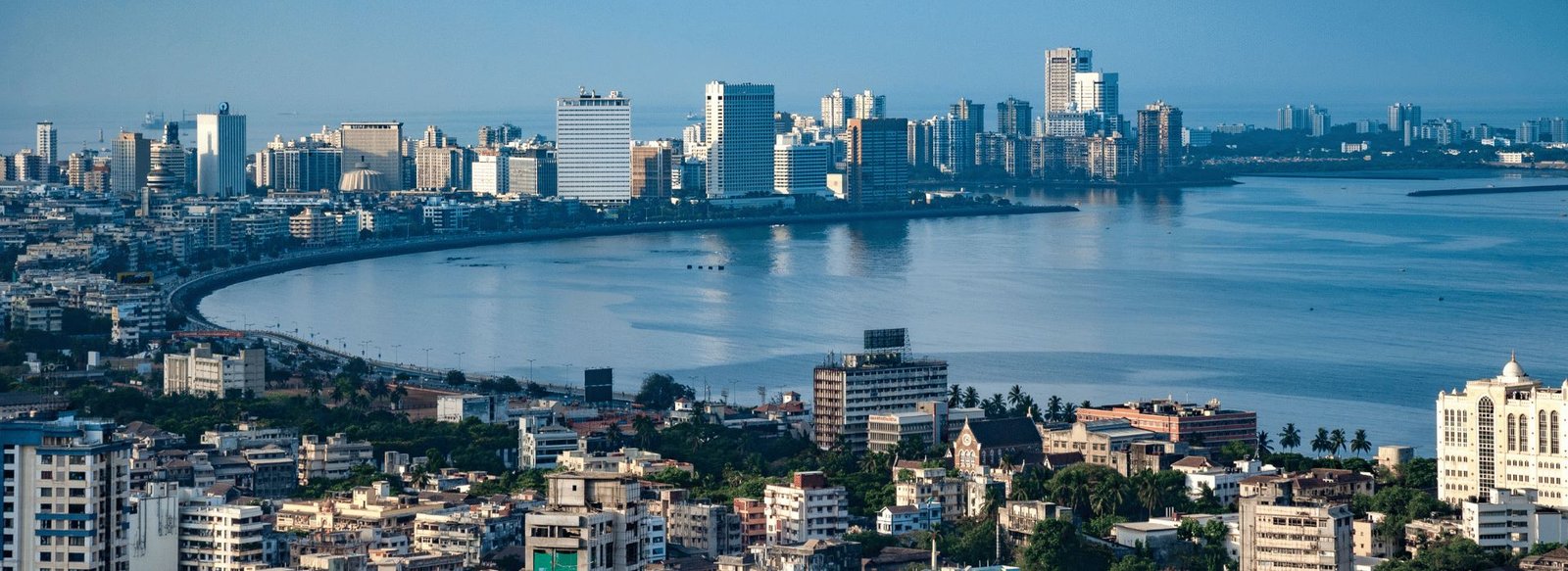
Mumbai, the capital city of the Indian state of Maharashtra, is a spectacular paradox of chaos and hope, glamour and squalor, modernity and tradition. Famously known as the City of Dreams, Mumbai – formerly known as Bombay – Mumbai is a beautifully blended melting pot of cultures and lifestyles.
The city soaks in everything into its fabric, making it its very own. From upcoming actors struggling to make it big on the silver screen; from Bolly superstars to big industrialists to tribes of fisherman and slum dwellers, Mumbai is a city that proudly boasts of stories from different walks of human survival.
One of the main centres in the country of art, culture, music, dance and theatre, Mumbai is a dynamic, cosmopolitan city that has been running for years solely on the indomitable spirit of the Mumbaikars.
Marine Drive
Marine Drive is the most easily identifiable landmark associated with Mumbai and is indicative of the glamor and glitter of the city. It is essentially 3.6 km long, arc-shaped boulevard along the South Mumbai coast that starts at the southern end of Nariman Point and ends at Girgaum Chowpatty, popularly known as Chowpatty Beach. The coast wraps the Arabian sea and is the best place in Mumbai to watch the sunset or even to just take a leisurely stroll by the sea any time of the day or night. At night, when the whole coastline lights up, it justifies its other moniker i.e. Queen’s Necklace.
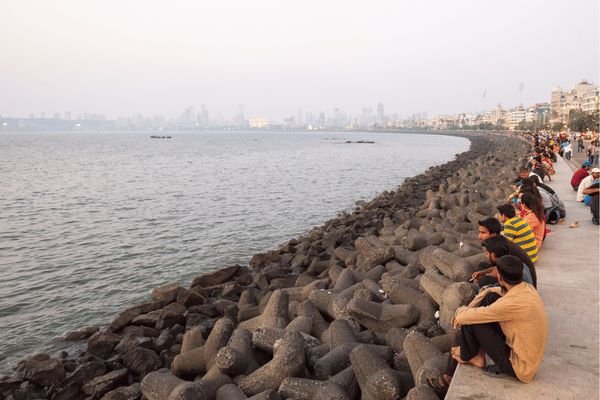
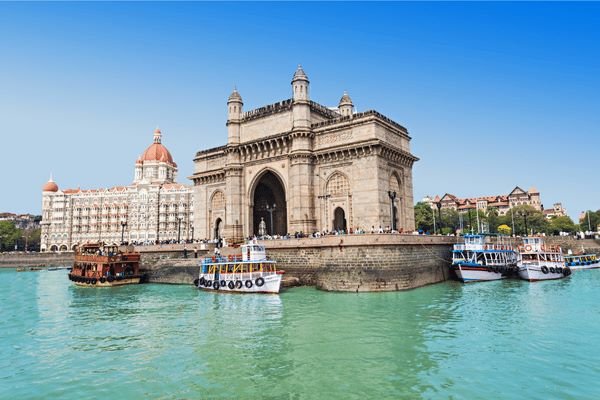
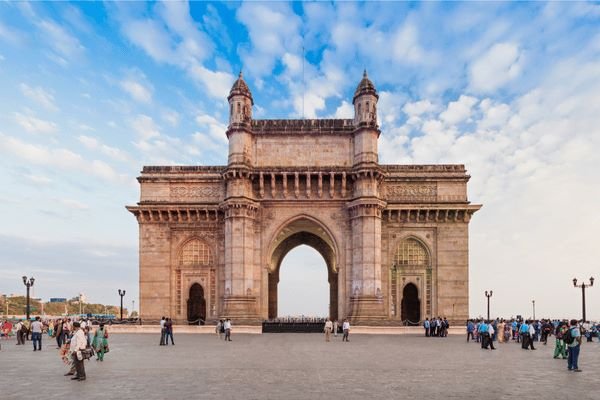
Gateway of India
The Gateway of India is, without doubt, one of the most popular tourist hotspots of Mumbai. Sitting proudly on the Apollo Bunder, it overlooks the Arabian Sea. It is one of the defining monuments of the city of Mumbai and was built in the year 1924. The construction was undertaken by the famous architect George Wittet, to commemorate the visit of King George V and Queen Mary to Mumbai. The imposing structure of the monument is a beautiful confluence of Indian, Arabic and Western architecture and has become a popular tourist hub in the city. It is also the starting point of a number of ferry services that ply to the historic Elephanta Caves.
Nicknamed ‘Mumbai’s Taj Mahal’, the foundation of this landmark was laid in 1911 and it was inaugurated 13 years later in 1924. The structure in itself is a made of yellow basalt and solid concrete and is embellished with numerous Muslim and Hindu motifs as well. The basalt arch of the Gateway served as the entry and exit access to India through waterways before independence and was the exit point from where the last British ship left India for England. There are statues of Swami Vivekananda and Chhatrapati Shivaji that have been installed near the Gateway as well. The view from the sea of the Gateway complex, especially at night is quite ethereal and beautiful. The Gateway of India is thus, not only a historic artefact but an example of marvellous architecture in itself!
Colaba Causeway
One of the most exciting and eclectic places to visit in Mumbai is the Colaba Causeway, famous for being a shopper’s paradise. Iconic at best, ask any Mumbaikar and they will tell you that the Causeway is pretty much the heart of Mumbai. Resurgent, even after the terror attack, this shopping street stood up on its feet in no time. Apart from gorgeous clothes and accessories, especially earrings, you can also find great bargains on home decor stuff such as lampshades, curios and antiques. If designer stuff is your calling, there are a number of options for that as well. If you do feel like catching a bite and a beer, there are a number of restaurants that offer great food and booze at very affordable prices and Cafe Leopold and Cafe Mondegar are pretty much the best!
Colaba Causeway acts as the land link between Colaba and the Old Woman’s Island. It lies close to the Fort area which is a business sector and the heart of the city since the British era. From roadside vendors to glamorous boutiques, the street sells everything you can think of buying – in different quality and prices. Catch the old world movies charm at Regal Cinema. Behind Regal Cinema, the Causeway leads you to the Gateway of India overlooking the Arabian Sea. Here, the majestic Taj Mahal Palace Hotel dominates the city’s skyline. Colaba Causeway is the heart of Mumbai and it’s the liveliest you will ever see the city!
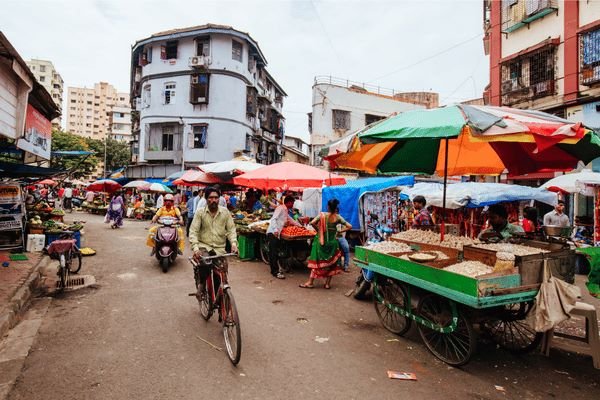
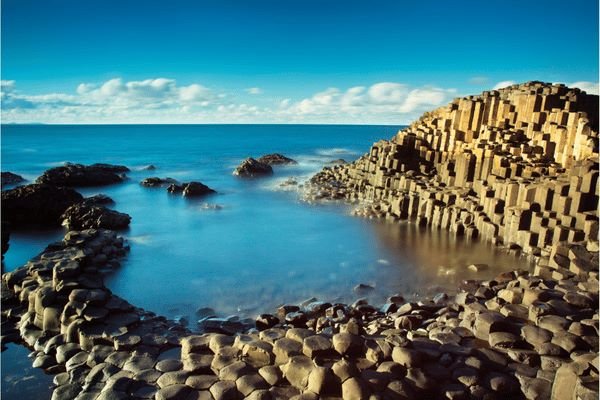

Siddhivinayak Temple
The Siddhivinayak Temple in the Prabhadevi area is a revered shrine dedicated to Lord Ganesha and is one of the most significant and frequented temples in Mumbai. This temple was built in the year 1801 by Laxman Vithu and Deubai Patil. The couple did not have any children of their own and decided to build the Siddhivinayak temple so as to fulfil the wishes of other infertile women. Interestingly, the statue of Lord Ganesha here is believed to be self-manifested and grants wishes.
The Temple has a small sanctum housing the idol of Shri Ganesha, which is about two and a half feet wide and made out of a single piece of black stone. The temple has attained a popular status not only because it is believed that the Ganesha in the temple is especially revered, but also because of its popularity with Film stars and the bigwigs of the industry. It is also the richest temple in Mumbai as it begets INR 100 Million in donations each year from devotees across the world
Chhatrapati Shivaji Terminus (CST)
Chhatrapati Shivaji Terminus (CST), formerly known, Victoria Terminus, is a modern yet archaic railway station in the bustling capital city of Maharashtra – Mumbai. The marvellous structure is the perfect example of the Victorian-Gothic style of architecture in India and was built in 1878. In fact, the railway station, which still functions as usual, waas a World Heritage Site under UNESCO in 1997. The station is always bustling with the sounds of the metro city and the locals. It is a bustling railway terminus, but there are some corners of it that will make you feel like you have stepped into the pages of British history.It is one of the most famous historical landmarks in the country that is also the second most photographed monument in India.
Chhatrapati Shivaji Terminus was constructed in 1887 and it currently functions as the headquarters of the Central Railways. It is well-connected to all the parts of the country as it serves as a station for long-distance as well as short-distance or commuter trains which are often called local trains. The architecture of the terminus is what draws most people to it. The night lights up the station and it looks even prettier. It was here that the famous song ‘Jai Ho’ from Slumdog Millionaire and some marvellous scenes for the Bollywood Movie Ra One were shot.
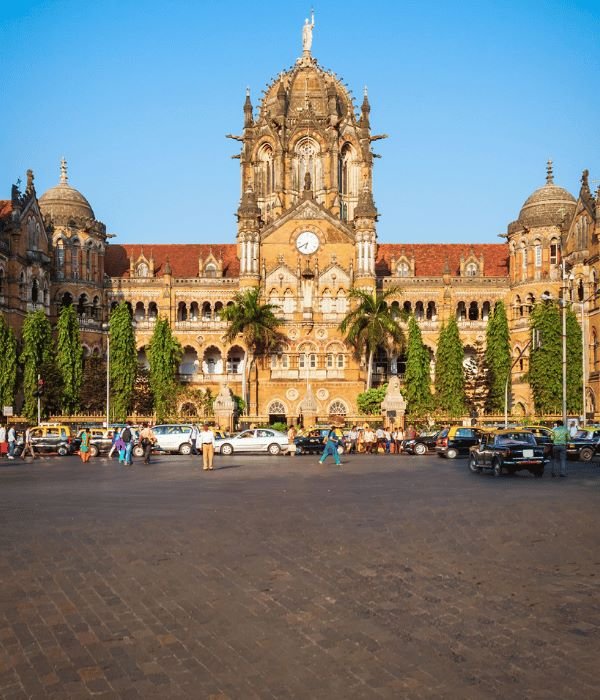

Prince of Wales Museum
The Prince of Wales Museum is a splendid structure situated in Mumbai and is regarded to be one of the heritage buildings of the city. The foundation stone of this edifice was laid down by the Prince of Wales on the 11 November 1905, and it was established as a museum on 10 January 1922. The facade of the museum is a sight to behold in itself and sits in the midst of an expansive green garden. Adorned with stunning stone and lattice work, the architecture of the Prince of Wales Museum is a blend of Indian, Mughal and British engineering styles. Inside, the museum holds almost 50,000 of some of the most exquisite artefacts relating to the rich and diverse history of India.
Now known as ‘Chhatrapati Shivaji Maharaj Vastu Sangrahalay’, The Prince of Wales Museum is a Grade I Heritage Building of the city and is counted amongst one of the most prominent museums of India. The complex exhibits a myriad collection of ancient artefacts, artwork and sculptors of the country which give a unique insight into our past. The building also underwent a major renovation after which several new galleries adorning the artworks of Hindu God Krishna, textiles and Indian traditional costumes were opened. Preserved in its best form, the Prince of Wales Museum is a wonderful manifestation of India’s glory and rich past.

